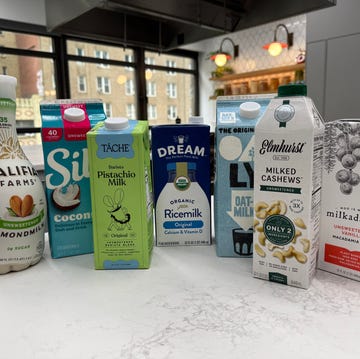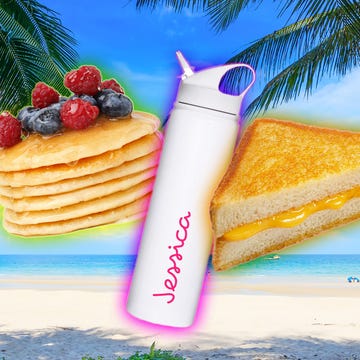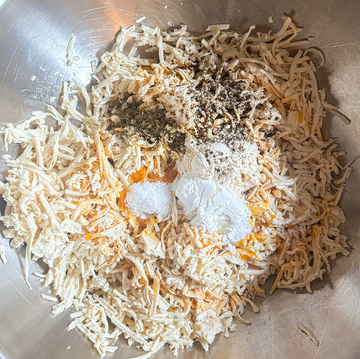Smart Food Marketing: 7 Food Name Changes That Make You Buy More
Sometimes ingredients have names that just don't appeal to the masses. That's when they adopt new identities.
By Dan Shapley and Denise Biderman
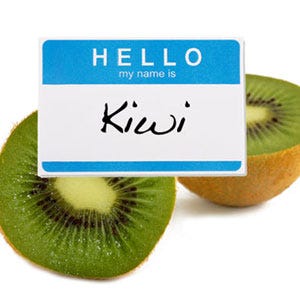
Ever heard of rapeseed oil? How about dolphinfish? Sometimes fruits, fish, oils, and other ingredients have names that just don't appeal to the masses. That's when they adopt new, market-friendly identities. Check out some of the best food aliases consumers regularly embrace. Like the history of food etymology? Check out 10 common food names explained.
Watch Next

Advertisement - Continue Reading Below

45 Best Packable Beach Food Recipes

8 Things You Should NEVER Keep On Your Kitchen Counter

I Tried Ninja's Outdoor Pizza Oven
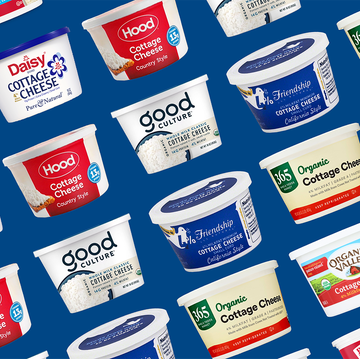
I Blind-Tasted 7 Cottage Cheese Brands & The Winner Is Better Than Good Culture
Advertisement - Continue Reading Below
Advertisement - Continue Reading Below







